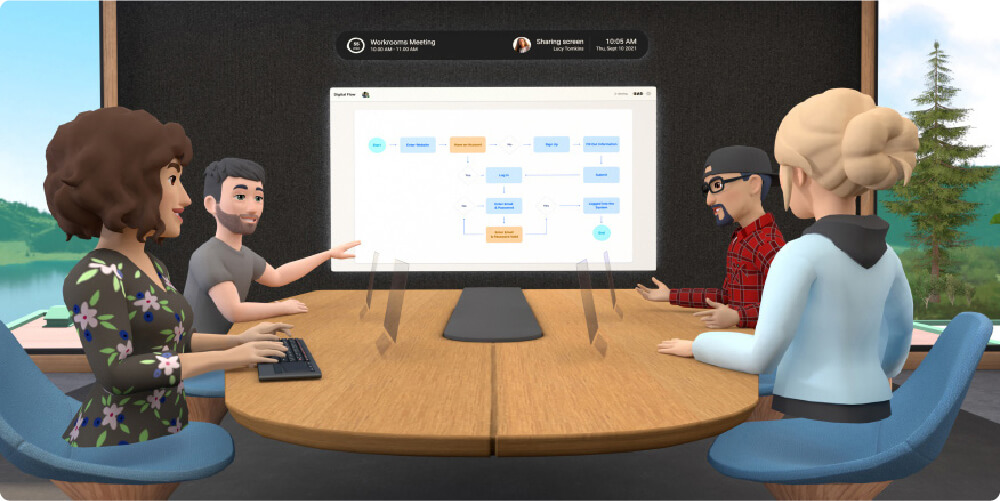Is the hardware ready?
It’s all well and good plotting out what a metaverse will look like, and blasting social media with jaw-dropping videos of what’s to come, but is the hardware there to support it? There are a number of technological hurdles to overcome, both at the consumer end and at the network level.
VR hardware is arguably the biggest obstacle as far as consumers are concerned. There’s a reason virtual reality remains a niche hobby – it’s because the hardware is expensive, clunky and induces a horrible wave of motion sickness in many users.
Mark Zuckerberg – who owns a VR hardware company, don’t forget – is remarkably candid about how far the hardware needs to improve, if it’s to become mainstream. “The hardest technology challenge of our time may be fitting a supercomputer into the frame of normal-looking glasses,” he tweeted earlier this year. “But it’s the key to bringing our physical and digital worlds together.”
Then there’s the challenge of making your virtual being more realistic. One of the reasons those Second Life offices were swiftly abandoned is that avatars don’t convey the full range of human expressions, facial movements and tiny body language cues that are critical to human communication.
However, progress is being made on that front. Last year, Epic Games released its Live Link Face application for the iPhone, allowing users to take advantage of the camera hardware that uses infrared sensors to track up to 30,000 points on your face.

30,000. The number of points on faces tracked by Epic’s Live Link Face VR app
Apple uses that data to unlock your phone with Face ID, but Epic’s application can capture all those tiny facial movements you make and uses them to create a real-time avatar based on the company’s Unreal engine. That not only allows your avatar to accurately lip-sync, but to display those little head nods, half-smiles and other facial ticks that give context to what you’re saying. It’s quite unnerving to watch.
However, when you’re talking about live streaming 30,000 data points from a mobile device to capture facial data for a single person, you can only begin to imagine the type of network infrastructure you’re going to need to power a virtual universe inhabited by millions, maybe even billions, of people.














































